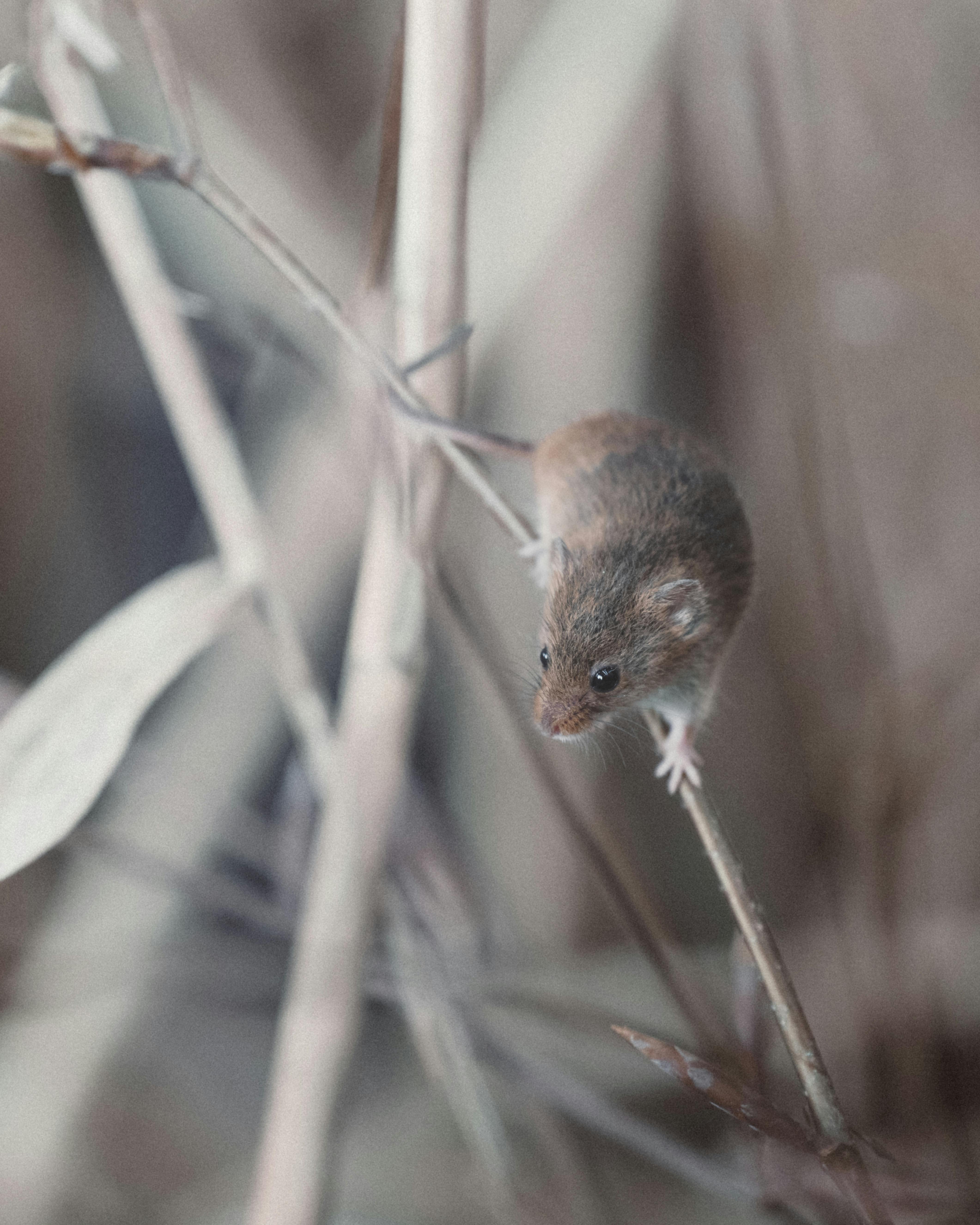Ensuring Adequate Hiding Spots for Your Pet Rodent

Ensuring Adequate Hiding Spots for Your Pet Rodent
Providing a safe and comfortable environment for your pet rodent involves more than just regular feeding and cleaning. An often overlooked aspect of pet rodent care is ensuring they have sufficient hiding spots within their habitat. Hiding spots are essential for the well-being of rodents, offering them places to feel secure and retreat to when stressed or scared. This blog post explores the importance of hiding spots for rodents and provides tips on how to create effective hideaways in your pet's environment.
Why Hiding Spots are Essential
Rodents, by nature, are prey animals. This means they are instinctively cautious and constantly aware of their surroundings, seeking refuge to avoid perceived threats. Adequate hiding spaces are vital to reduce stress and provide a sense of security. Without proper hiding spots, rodents can become overly stressed, which may lead to health issues, behavioral problems, and a decreased quality of life.
Types of Hiding Spots
There are several types of hiding spots you can provide for your rodent, depending on their species, size, and preferences. Common options include:
- Commercial hideaways: These are readily available at pet stores and come in various shapes, sizes, and materials such as wood, plastic, and ceramic. Make sure to choose a hideaway that is non-toxic and safe for gnawing.
- Natural options: Items like hollow logs, cork rounds, and piles of safe, untreated wood can serve as excellent natural hiding spots. These options not only provide shelter but also enrich the enclosure by simulating a more natural habitat.
- DIY hideouts: You can also get creative and make your own hideouts using safe materials like cardboard boxes, paper towel tubes, and untreated wood. These homemade options can be customized to fit your pet's size and the aesthetics of their enclosure.
Creating an Ideal Environment
When designing your rodent's habitat, consider the placement and variety of hiding spots:
- Variety: Offering different types of hideouts can cater to your pet's changing preferences and needs. For instance, they might prefer a cooler, shaded area on hot days and a cozier, enclosed spot during colder periods.
- Accessibility: Ensure the hideaways are easily accessible and large enough for your pet to enter and exit without difficulty.
- Location: Place the hiding spots in quieter areas of the cage to make them more appealing. Avoid high-traffic areas to ensure your pet feels truly secluded.
Maintaining Hygiene
Hideaways need regular cleaning to prevent the buildup of harmful bacteria and maintain a healthy environment. Depending on the material, some hideouts may be easier to clean than others. For example, plastic hideaways can often be wiped down or soaked, whereas cardboard ones might need to be replaced more frequently. Regular checks will help you determine when a hideaway needs to be cleaned or replaced.
Conclusion
In summary, hiding spots are a crucial element of a rodent’s habitat. They provide your pet with a place to escape and relax, enhancing their feelings of security and comfort. By considering the type, variety, and cleanliness of hideaways, you can significantly improve your pet rodent's quality of life and well-being.
Making sure your beloved rodent has adequate hiding spots is an easy and effective way to show your love and care. Get creative and have fun setting up a habitat that they will enjoy and thrive in!